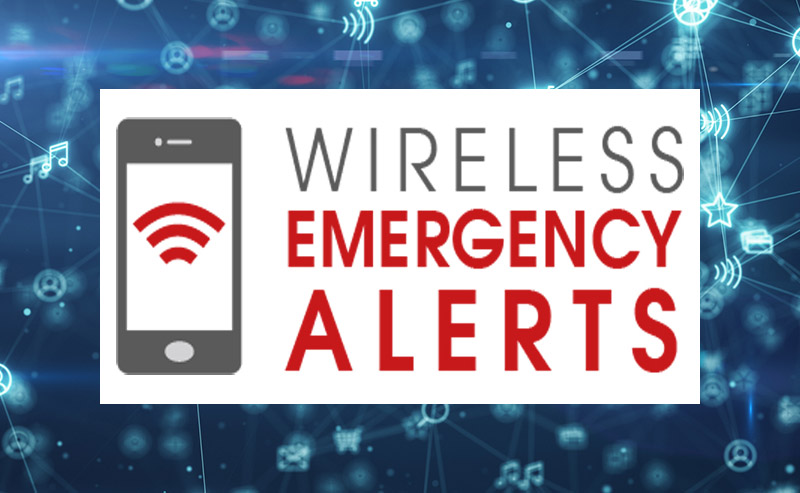Last week, the Federal Emergency Management Agency (FEMA) announced some significant updates to its Integrated Public Alert and Warning System (IPAWS). Or, more specifically, the Wireless Emergency Alerts (WEA) system that IPAWS utilizes to send notifications to cell phones and other wireless devices. Among these updates are:
- Spanish language capabilities
- An increase from 90 to 360 characters per message
- An expanded alert category that allows the public to opt-in to a test message category for state and local officials
- More accurate geo-targeted capabilities for alerts
According to the Federal Communications Commission (FCC), the WEA system is an essential part of America’s emergency preparedness. Since its launch in 2012, it has been used more than 49,000 times to warn the public about dangerous weather, missing children, and other critical situations – all through alerts on compatible cell phones and other mobile devices.
Like you, as an emergency/continuity planner, BOLDplanning understands the importance of communication in a crisis. This is especially true for company CEO, Rick Wimberly, who played an integral role in IPAWS’ nationwide adoption, and is considered by many to be an expert on the subject.
“The WEA program has had a significant impact on public safety across the nation,” said Wimberly. “The new enhancements are very exciting, and will, no doubt, add even greater value to the program.”
Interestingly, FEMA and the FCC conducted the first WEA test for an international airport (Los Angeles World Airports) on January 15, 2020. The test covered the entire Los Angeles International Airport campus and surrounding areas, estimated to be 3,300 acres with the potential to reach about 63,000 people. Considered a success, the test allowed the airport to assess the readiness of its emergency management personnel, evaluate policies and procedures, and gauge the effectiveness of WEA distribution to a large, transient population.






